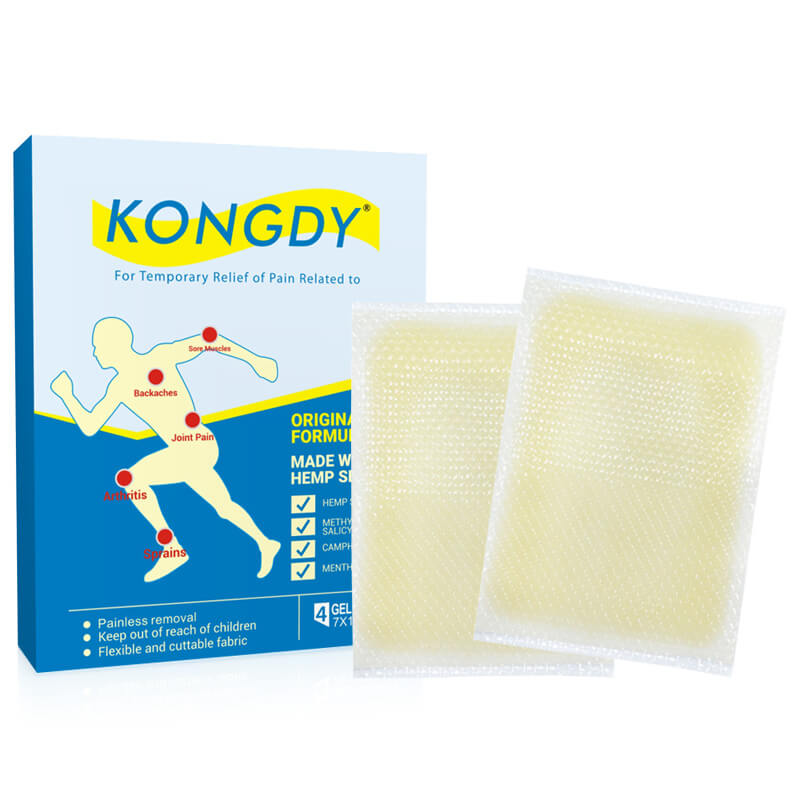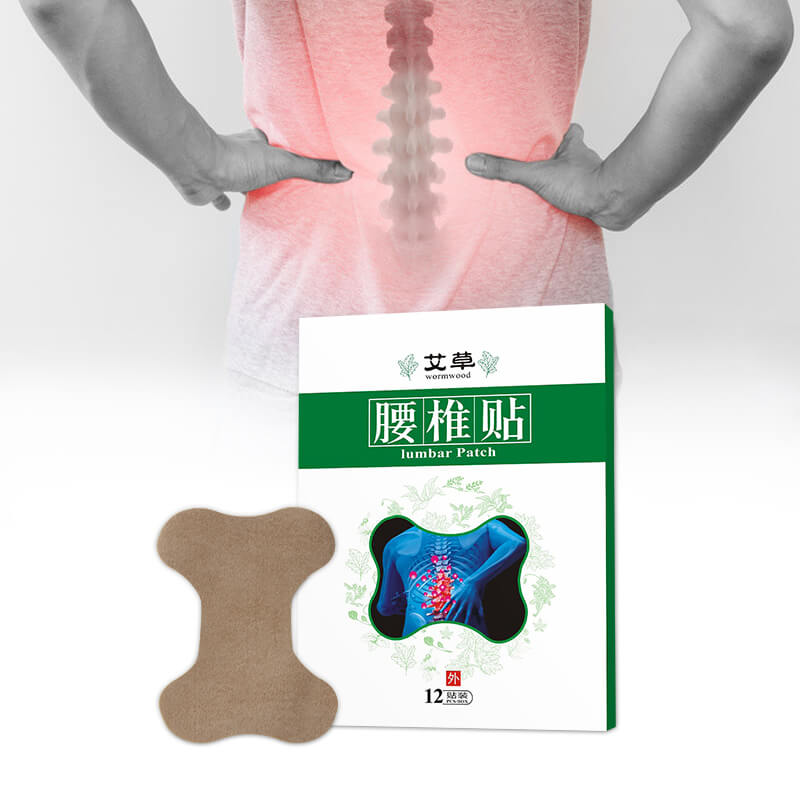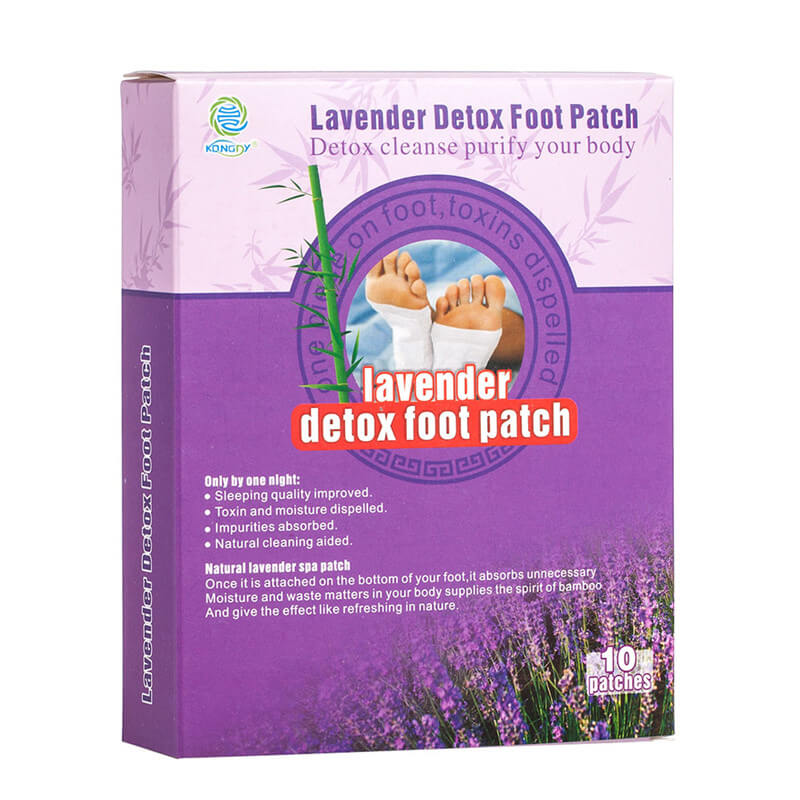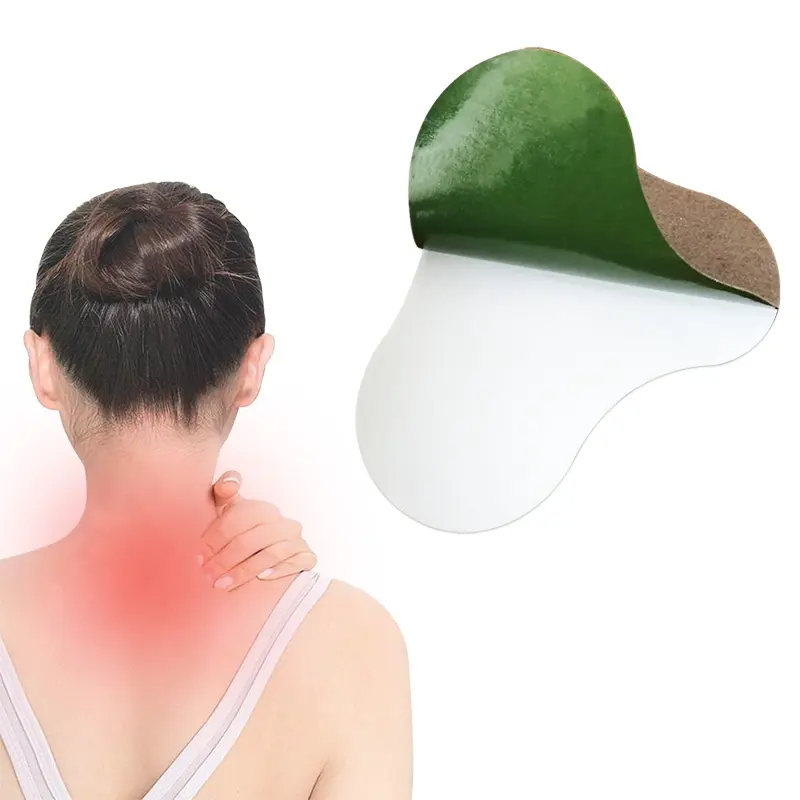
Can Pain Relief Patches Help With Chronic Back Pain?
Release time:2023-09-28 Click:126
Chronic back pain is a common problem that affects millions of people. The constant aching and discomfort can greatly reduce quality of life. While there are many treatment options available, not all are effective for every patient. Recently, pain relief patches have emerged as an alternative remedy that may provide relief for some chronic back pain suffers.
01. What Are Pain Relief Patches?
Pain relief patches are topical medications that are applied directly to the skin. They contain ingredients like menthol, camphor, lidocaine, diclofenac, capsaicin, or salicylates that act as analgesics to temporarily relieve pain. The medication from the patch gets absorbed through the skin and enters the bloodstream. This allows the active ingredients to target pain receptors in the area where the patch is applied.
Compared to oral pain medications, patches offer more direct and localized pain relief. Since the medication does not pass through the digestive system, smaller doses are needed. This can help reduce side effects like stomach irritation. Patches also provide constant medication delivery over a period of 8 to 12 hours. This steady dosing helps maintain consistent pain relief.
02. Do Pain Relief Patches Work for Back Pain?
For chronic lower back pain, some clinical studies have found pain relief patches to be effective. In one study, patients with chronic low back pain were treated with menthol patches or placebo patches. After three days, the menthol patch group reported a 39% greater reduction in pain compared to the placebo group.
The direct application of pain medication to the back allows for faster absorption. Most pain relief patches are large enough to cover a substantial area of the lower back. This wider coverage area means more pain receptors can be targeted.
The long-lasting action of the patches also matches the persistent nature of chronic back pain. The steady delivery of medication over 8 to 12 hours can help suppress pain during both activity and rest. This ongoing relief can aid sleep, improve mobility, and enhance overall quality of life.
03. Considerations When Using Pain Relief Patches
While research indicates pain relief patches can alleviate chronic back pain, there are some important factors to consider:
Skin irritation - Some ingredients may cause skin redness, itching, or allergic reactions in sensitive individuals. Apply a small test patch first.
Improper use - Patches need to be applied correctly to get full pain relief effects. Rotate patch location and allow the skin to breathe between applications.
Other medical conditions - Those with kidney disease, heart conditions, or diabetes should consult a doctor first, as some patch ingredients are not suitable.
Medication interactions - Patches could potentially interact with other topical or oral pain medications. Be sure to read labels carefully and check with a pharmacist.
To get the most benefit, patients should follow patch directions closely and alert their doctor if pain persists. Pain relief patches are one option to explore for managing chronic back discomfort. Under proper medical guidance, they may offer a safe, non-invasive means of gaininggreater mobility and pain relief.
Hot products

CBD Pain Relief Patch

Lumbar Plaster Pain Relief Patch

Lavender Detox Foot Patch

Cervical Vertebra Pain Relief Patch
Tel:0086-18939260319
E-mail:kongdycn201810@gmail.com
